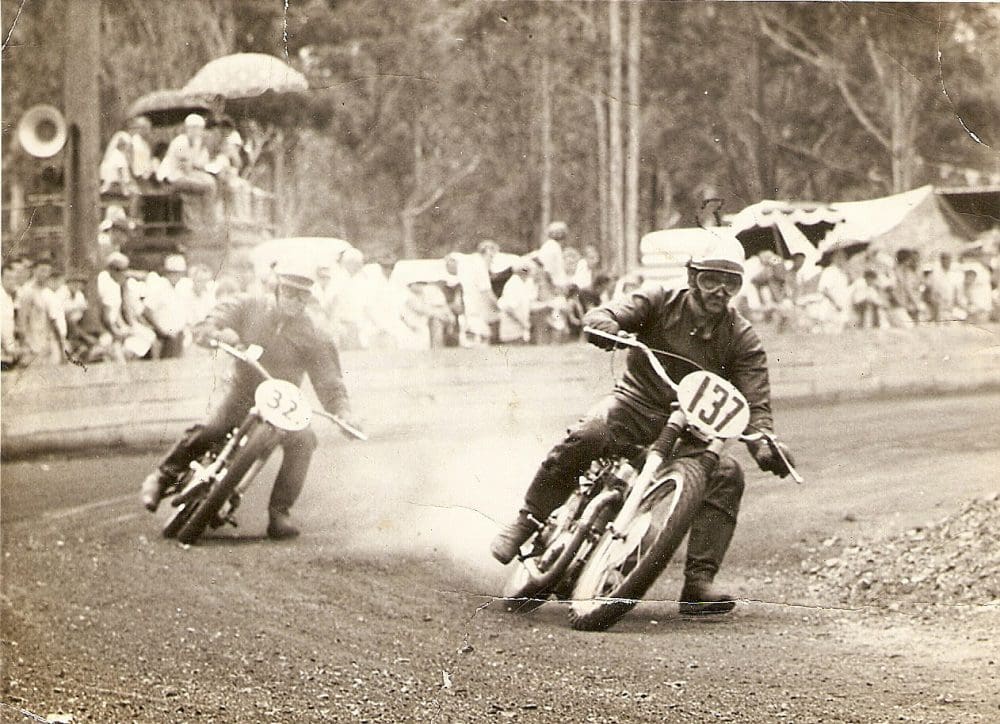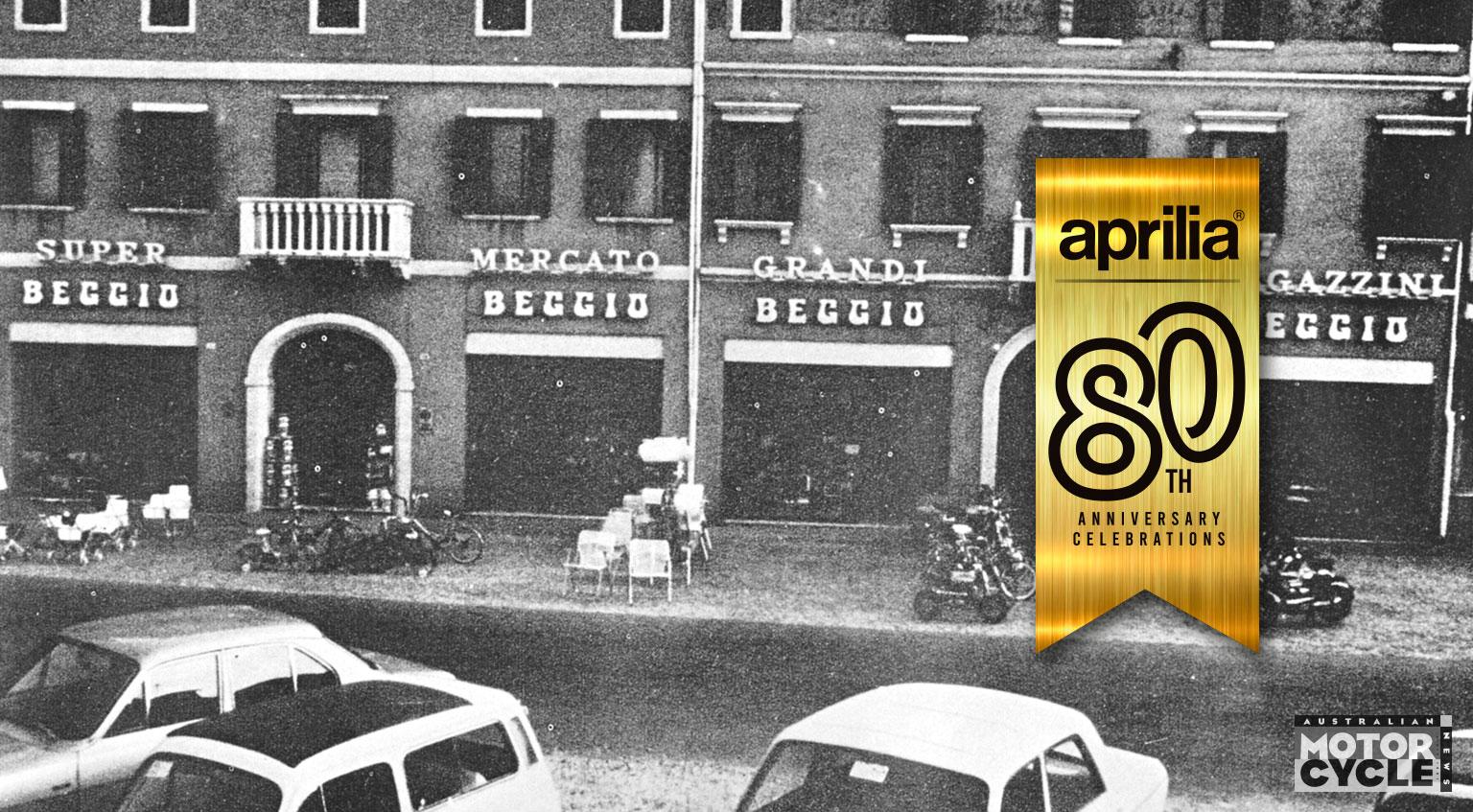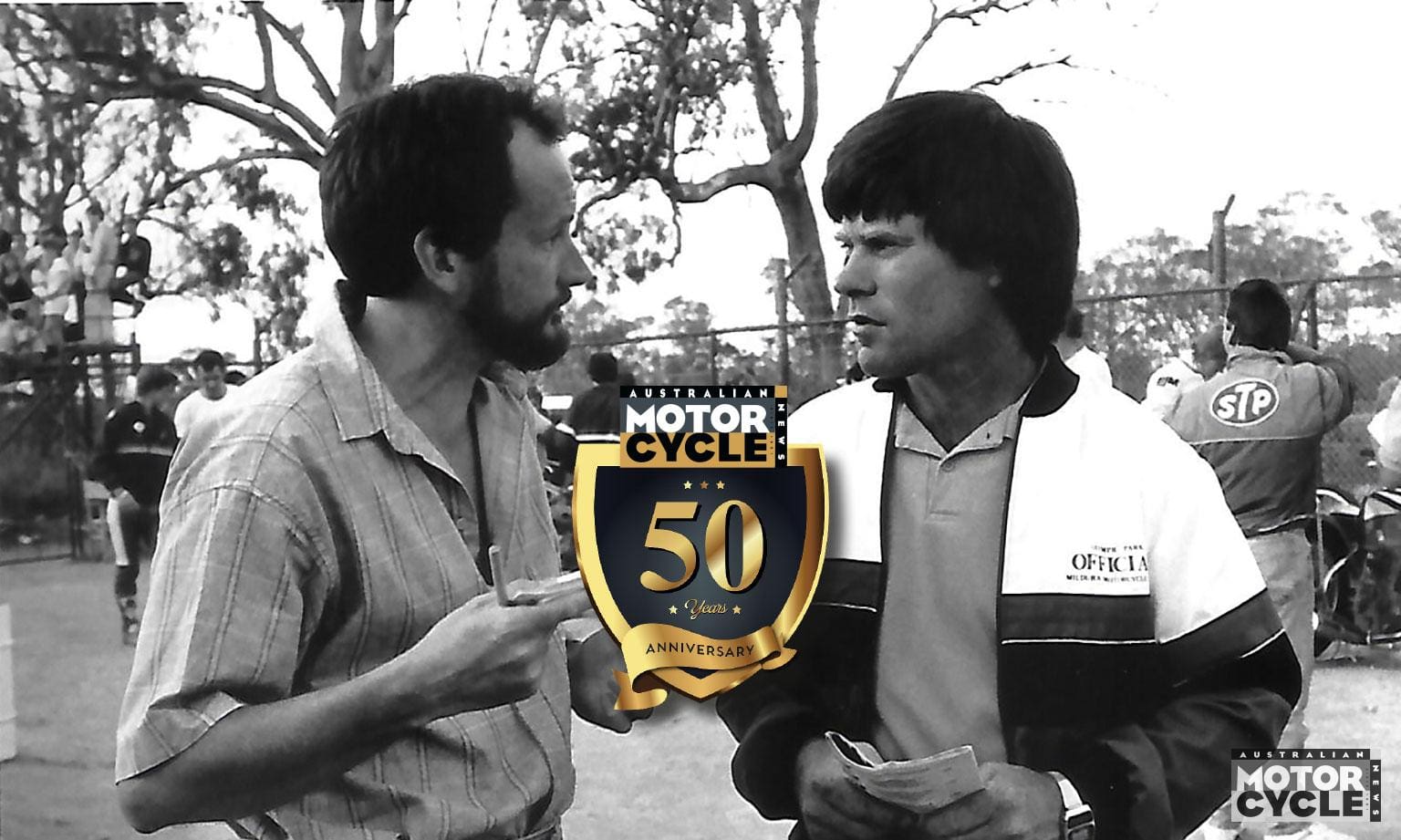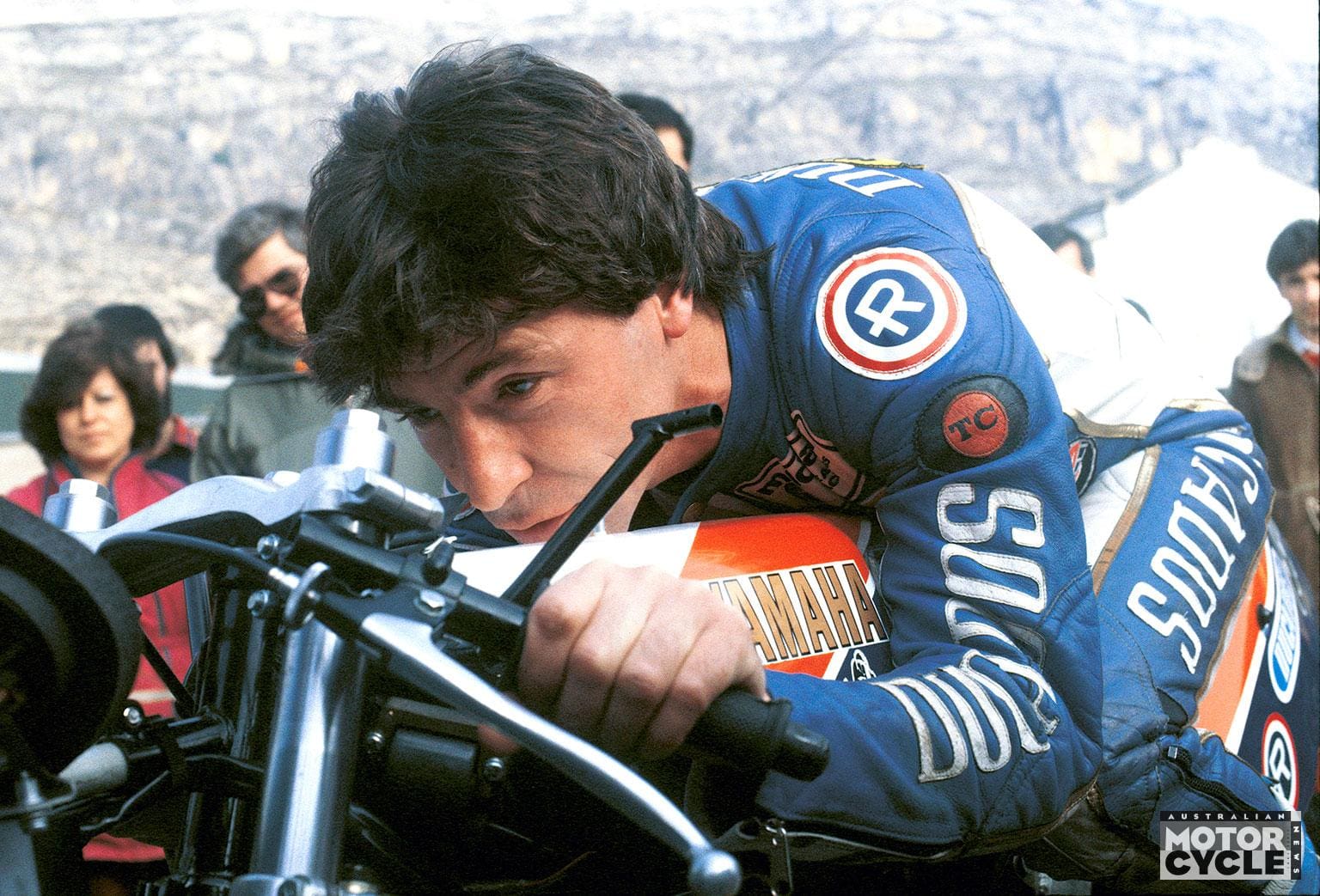Growing up as the son of a Parramatta District Club committee member, Les Burdus spent many weekends spectating at circuits such as Wynstanes and The Poplars, before signing on as a 16-year-old riding in club events.
“My first bike was a 350 Competition Ariel, a hand-me-down from my brother, Allan,” recalls Les. “And I entered my first open meeting at Wallacia in 1953. I’d already been called up for National Service so the opportunity to compete was limited. But I raced regularly at Mount Druitt and did some beach racing at Seven Mile Beach before I sold the Ariel when I moved to Charters Towers to complete National Service.”
Marriage in 1956 curtailed racing for a few years, however Les soon acquired a couple of BSAs and, still competing in C-grade, was a regular at venues such as Bungarrabie, Vineyards, Lansdowne, Goulburn and Salty Creek. Listening to Les, it’s easy to understand his enthusiasm about a period when – between speedway, scrambles and short circuit – there were multiple motorcycle meetings every weekend. And, it seems, a laissez faire attitude to eligibility.
“In 1958 I fitted a JAP engine into a BSA frame for the Australian Short Circuit Championships at Junee,” recalls Les. “I’d won every heat, the semi-final and was leading the final when the exhaust brackets broke and I lost the pipe.”
Yet luck’s a lottery and it was in the 1960 City of Sydney Championships that Les Burdus literally first ran into speedway star ascendant Jim Airey. The pair were battling for the lead when Jim came off directly in front of Les, who went on to take the title. Only a few years later the pair went head to head at a single event that attracted almost 400 competitors.
It was John Rumford, President of the Cessnock Motorcycle Club, who decided that seven hours was the ideal duration for a mid-winter enduro at the Club’s Hillview Circuit. There’d be time for last minute practice on the 1500m circuit, a Le Mans start at 9.30am, and the chequer at 4.30pm, which should see everyone on their way home before the celebrations got out of hand. The local paper headlined ‘Muswellbrook Makes Motor Racing History’ as 51 teams signed on for what was Australia’s – if not the world’s – first seven-hour race on a dirt track.
Bankstown Triumph dealer Norm Askew had contacted Les to head a team of three on a 1954 Triumph Tiger 100; a race proven 500cc twin. Les Burdus was to be supported by Bill Larue and Paul New. Many of the teams nominated four – sometimes five – riders, which resulted in A-, B- and C-grade riders sharing the tight oiled track.
“It wasn’t an easy day,” says Les. The team decided on hourly refuels, as did most of the teams, making pit-stops chaotic. Les took the first stint followed by Larue, then New. After which Les rode the final four hours to the chequer, completing 380 laps (550km).
Askew was delighted with the victory and formed a long-term sponsorship with Les who, shortly after, set up his own mechanical and radiator repair business. Now on Askew’s BSA 500 Gold Star, Les Burdus won numerous events, including the Craven Filter Trophy at Taree.
“By 1965 you had to have a Hagon frame to be competitive,” says Les.
“So I bought my own Hagon and installed a JAP engine. That’s the bike I took to Calder in 1967 to win the Australian Championships. I sold that bike in 1968 as I had a young family and a business to run. That was it for me in serious racing.”
When Airey capped his speedway career with a final Australian Solo Championship it was only natural the two old mates would team up to take on the comparatively new sport of enduro, including events such as the Nepean Six Hour.
Enduros gave them a taste for the bush and in 1997 they took on a ride around the continent on a pair of Honda Dominators – later superseded by Yamaha FJR1300s on which they continued their annual adventures. Though these days the bikes have been replaced by motor homes and cruise liners. Between adventures Les lives a quiet life at Wyong.

Peter Whitaker











